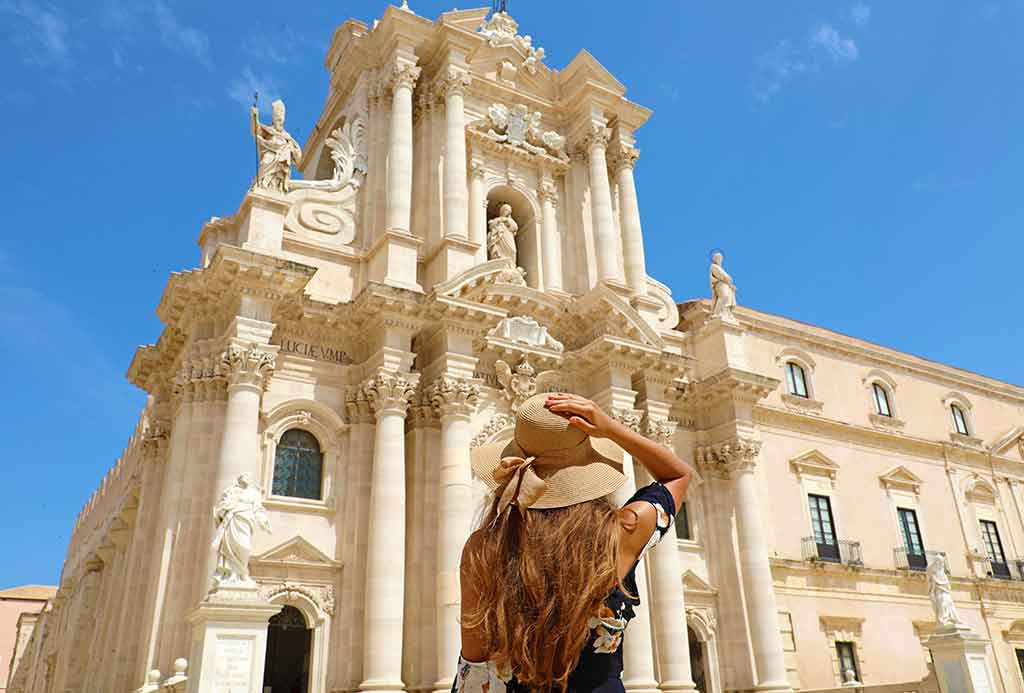
Catania, Sicily
Sicily has slowly, but surely, become one of the most visited regions of Italy, because it is full of ancient history, incredible cultural places to visit, some of the best and most traditional Italian dishes come from there, because its inhabitants are some of the most lively in the whole country and, of course, because the beaches there are to die for.
If you are planning your next summer holiday and you are hoping to find a place that has everything, I just mentioned, think no more and make Sicily your next destination.
Sicily is known in Italy for having some of the best beaches in the whole country. In fact, there are so many beaches in this beautiful region that the choice is extremely wide.
One of the best areas with the most gorgeous beaches is Mondello Lido, which isn't very popular between tourists, but it is between the inhabitants of the area. There are two kilometers of wide, sandy beaches there, which are filled with young people and lots of bars open until the early hours, which makes it ideal for young people who want to have fun. In Mondello Lido you will also get the chance to practice various water sports, such as windsurf.
But if you are hoping to visit a more relaxing area, head to Mortelle. It doesn't tend to get too crowded and you will find twelve kilometers of sandy beaches, with the most incredible turquoise waters you have ever seen. This area is ideal for families with children, which means they will be able to play there and you can have a little, cute, relaxing picnic without being stressed by thousands of other people.
If what you are looking for something a little more glamorous, Lido Mazzarò, located in Taormina, is the place for you. This beach was the favorite destination of most Hollywood actors and actresses from the golden age and most of the glamour those people left behind can still be found. As you must have guessed, the beach is not free, but it is incredibly well-equipped and you will find some of the finest restaurants which serve the most exquisite dishes of the whole area. Lido Mazzarò becomes the coolest and trendiest place to be at night, thanks to the people who fill the lounge bars of the area.
But if you want to keep active while in Sicily, head over to Siracusa, in particular to Fontane Bianche. There, you will find a great sandy beach where you will be able to practice various sports, from scuba diving to windsurfing. But also, there are some tennis courts and golf courses in an extremely popular resort in the area. Also, Fontane Bianche is a great place to visit and you will find countless different shops, restaurants, bars and clubs, which means you will have a great time both in the morning and at night.